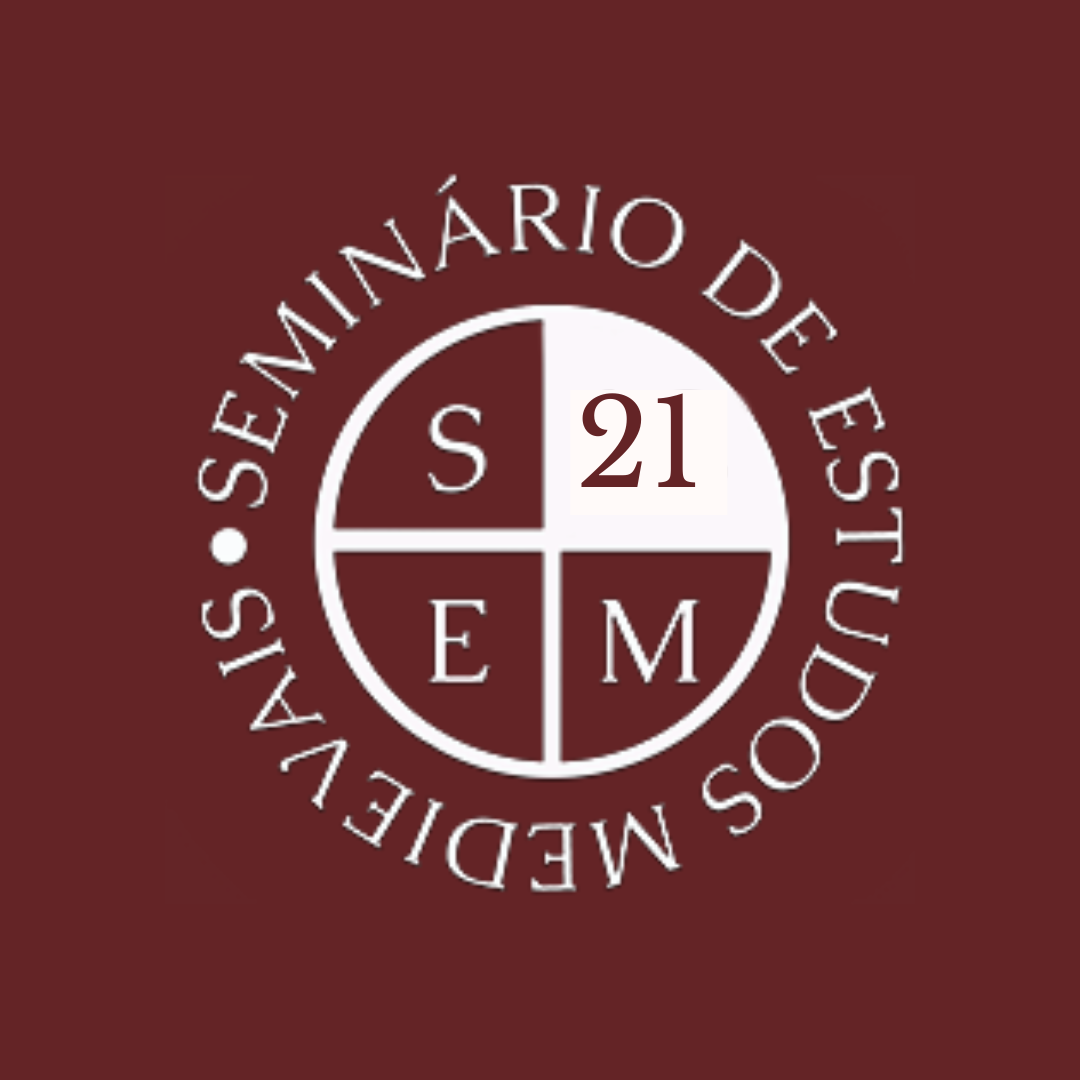Seminar in Medieval Studies: “Paisajes con memoria. Arqueología del paisaje en el mundo andalusí. Balance historiográfico y renovación de la disciplina” – Marisa Bueno
23.06.2021 | 16:00
Zoom session

The last twenty-five years have seen a renewal of landscape archaeology and rural archaeology studies. The introduction of new methodologies and new approaches has led to new approaches and approaches that take us beyond Thomas Glick’s landscapes of conquest, or Toubert’s construction of the frontier and a country of husūn, fathers of the discipline along with Guichard, Sénac and many others who have opened the breach of Islamic archaeological studies in the Iberian Peninsula. In the research agenda there are a number of questions still latent concerning the process of the formation of al-Andalus, a process that involves a major social transformation whose material consequences have been read at the end of the process, i.e. in the Caliphate, but is it possible to recognize archaeologically the process of Islamization? Although the question is not new, the answers that can be provided from physical anthropology, zooarchaeological studies or architectural archaeology provide new clues and avenues for research. The pace of Islamization and the critique of the Bulliet model has been another of the major topics discussed, which refers directly to the relationship with the indigenous populations, many of them Christians who became dhimmies under Islamic law, and whose material identification remains one of the reasons for academic discussion, between resistance and assimilation. For the understanding of these populations and the interpretation of their possible material remains, the information derived from the Islamic juridical sources for the period is key, as they point out the possibility of the existence of their own temples in areas far from the populations where there are Muslims. Likewise, the rupture of the political border between Portugal and Spain, a non-existent division in the emirate and caliphate period, allows a more objective analysis, alien to the nationalist interests that moved the research at the beginning of the 20th century and of which we must be aware in the model of scientific archaeology of the 21st century. From these basic lines, a historiographical balance of the last years is made, illustrating some of the basic research questions with the presentation of the work carried out in the Middle Mark that I have been working on in my academic life.
About the speaker:
Currently principal investigator of the project Virtual Spaces of Alterity, which I develop at the UCM, dedicated to the analysis of the impacts of conquest in the spaces of worship, I am mainly interested in the sequence of transformation that early Islam entails and the rupture of the paradigm of the superposition of the spaces of worship. My scientific line has focused on the analysis of the landscapes of conquest in the Middle Mark with special attention to the importance of the social construction of it and its imprint on the landscape, work that I developed in my doctoral thesis, “Territorio y cultura material en la Marca Media Oriental” (UCM, 2011), currently in press under the name “El paisaje velado. Territory and society in the Middle Mark”. The approach was enriched by the introduction of other perspectives in my postdoctoral experience in France working at the ERC, RELMIN : Le statut légal des minorités religieuses dans l’espace euro-méditerranéen (Vème -XVème siècles), at the Maison des Sciences de l’Homme ( 2012-2016), project directed by John Tolan, where I focused on the relations between Christians and Muslims in a bidirectional way, Christians and Jews under the law of Islam; and Mudejars and Jews under Christian law in the post-Conquest approach. The use of written sources in the analysis of the relations between victors and vanquished in bidirectional processes was complemented with the archaeological information available in my contexts of analysis, in order to maintain an integrative perspective of my scientific line. I continued to deepen the problems arising from religious conversion and its material consequences in the ANR POCRAM, “Povouir et conversion religieuse de la tardoantiquité a la periode Moderne”, a project hosted at the Université Paris Est Créetele, in collaboration with Sorbonne I and CNRS, between 2016 -2017, before joining the UCM and the project that I currently coordinate.
My fundamental line focuses on understanding the impact of Islam on Iberian society and its material consequences trying to explain the existing dissymmetries between written and archaeological sources.
